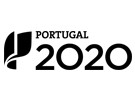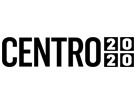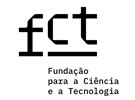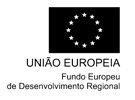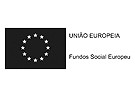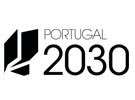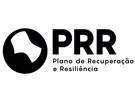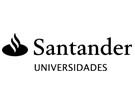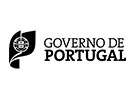



Publication in the Diário da República: Aviso n.º 11062/2017 - 25/09/2017 + Decl. Rectif. nº 359/2018 de 11 de Maio
4 ECTS; 1º Ano, 1º Semestre, 52,50 TP , Cód. 62731.
Lecturer
- Ana Catarina Mendes Garcia (1)(2)
(1) Docente Responsável
(2) Docente que lecciona
Prerequisites
Not applicable.
Objectives
Students should:
1- Develop written and oral comprehension and expression skills;
2- Appropriately apply communication strategies to structure experience and explain reality;
3- Produce texts according to diverse techniques and models;
4- Critically analyse different discourses;
5- Acquire research methods and techniques;
6- Master and apply methods and techniques for researching, recording and processing information;
7- Recognise the importance of adapting discourse to the communication situation;
8- Master and adapt discourse to different communicative contexts.
Program
1- Language and Communication
1.1- Communication structures;
1.2- Language, Speech and Discourse;
1.3- Linguistic Variation;
1.4- Oral and written code;
1.5- Grammar in communication (sentence syntax);
1.6- Sources of lexical enrichment (neologisms, foreign words, abbreviations);
1.7- Semantics/relationships of meaning.
2- Text types and practices of comprehension and written expression
2.1- Utility text;
2.2- Argumentative text;
2.3- Explanatory-descriptive text;
2.4- Expository-informative text;
2.5- Textual cohesion and coherence.
3- Project methodology
3.1- Methodological, structural and linguistic correction concepts in the preparation of a scientific paper;
3.2- Research, recording and information processing techniques;
3.3- Production of reading notes;
3.4- Summary, synthesis and report.
4- Oral comprehension and expression practices
4.1- Colloquium/Debate;
4.2- Interpretative readings.
4.4- Oral presentation.
5- Linguistic Pragmatics
5.1- Interlocutive dimension of language;
5.2- What is said and what is communicated.
Evaluation Methodology
Continuous assessment (to qualify for continuous assessment, students must attend 70% of classes):
- Written test (60%);
- Work carried out in class (20%);
- Written work and oral presentation (20%).
Students will only be exempt from the exam if, for any of the assessment elements (all compulsory), the mark is not lower than 8 (eight) and the average of these is equal to or higher than 9.5.
Periodic assessment (working students or students covered by other legal statutes):
- Written examination (100%)
Assessment by examination (normal period, resit, special period) and Improvement:
- Written examination (100%)
Bibliography
- Cunha, C. e Cintra, L. (2005). Nova Gramática do Português Contemporâneo, 3ª ed. Lisboa: Sá da Costa
- Estrela, E. (2010). Dicionário de dúvidas, dificuldades e subtilezas da Língua Portuguesa, 1ª ed.. Lisboa: Dom Quixote
- Leite, S. e Tavares, S. (2015). Pares difíceis da Língua Portuguesa, 1ª ed.. Lisboa: Planeta
- Pinto, M. e Lopes, M. e Azeredo, M. (2015). Gramática Prática do Português, 1ª ed.. Lisboa: Raiz Editora
Teaching Method
Theoretical-practical classes, with moments of theoretical exposition, where practical application exercises are proposed.
Software used in class
Not applicable.
